Utilizing the Project Cycle Management (PCM) approach can provide a structured framework for schools with little experience in writing effective Erasmus+ applications. PCM helps in effectively planning, implementing, monitoring, and evaluating projects.
Here’s a step-by-step guide on how to utilize PCM for writing an Erasmus+ application:

Indicative Programming
WHO WE ARE?
WHAT INTEREST CAN WE SHARE?
WHO SHOULD BE INVOLVED?
Schools that want to work together on a project proposal should use the results of the self-evaluation process to answer these questions. Matching together
It should be sufficiently inclusive to allow each partner to identify itself with it, and sufficiently exclusive to avoid a too broad and generic focus on the theme


Identification
WHAT NEED IS TO BE TACKLED?
WHAT IOBJECTIVES AND STRATEGY?
WHO WILL BE THE ACTORS?
Let’s use the Logical Framework Approach! It provides a clear and structured framework for organizing project ideas and goals. It helps schools define their objectives, plan activities, and identify the expected outcomes.
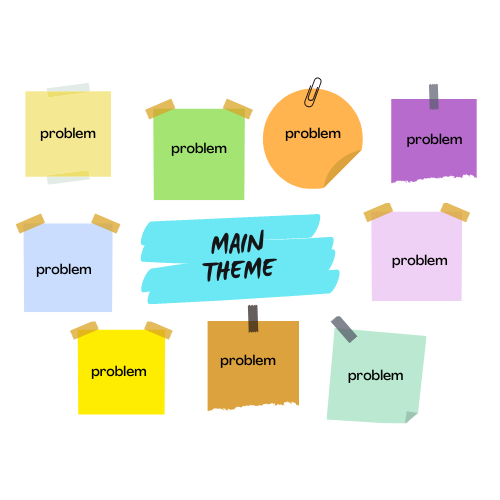
STEP 1: Consider all the problems spinning around the them
STEP 2: Focus on the most relevant problem to be tackled
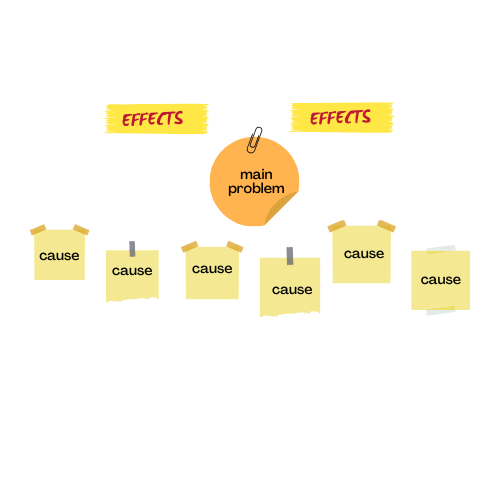
STEP 3: Analyse causes and effects
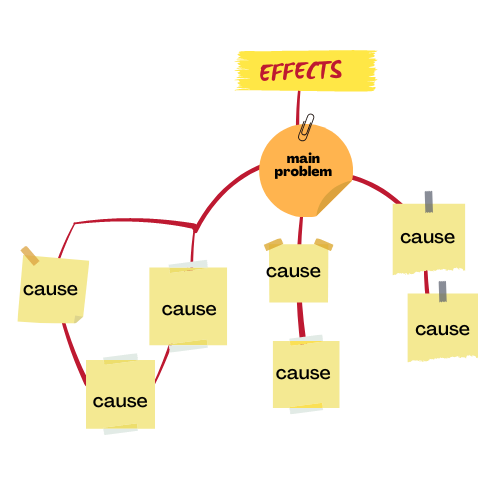
STEP 4: Build a tree of problems
The Tree of Problems is a visual representation of the relationships between problems, causes, and effects. It helps to analyze and understand the complex nature of a problem by identifying its underlying causes and the resulting effects.
Choose a specific problem or issue that you want to address. This problem is typically depicted at the center or top of the tree.
Think about the factors or root causes that contribute to the occurrence of the problem. These causes are typically depicted as branches or sub-levels beneath the main problem.
Consider the consequences or effects that result from the problem. These effects are typically depicted as branches or sub-levels above the main problem.
For each cause identified, consider their own underlying causes, and similarly, for each effect, consider the subsequent effects that arise. Continue expanding the tree to capture the interconnectedness and complexity of the problem.
Establish the relationships between causes and effects by drawing arrows or lines between them. This demonstrates how the causes contribute to the problem and how the problem leads to various effects.
Step back and review the constructed Tree of Problems. Analyze the relationships between causes and effects, identify patterns, and gain a deeper understanding of the problem’s complexity.
To transform the Tree of Problems into a Tree of Objectives, the focus shifts from negative elements to positive outcomes and desired results.
Start with the main objective: Identify the desired outcome or goal that you want to achieve. This objective is typically depicted at the center or top of the tree.
Consider the specific objectives or results that contribute to the achievement of the main objective. These sub-objectives are typically depicted as branches or sub-levels beneath the main objective.
For each sub-objective, identify the supporting objectives that contribute to its achievement. These supporting objectives are typically depicted as branches or sub-levels beneath the corresponding sub-objectives.
Establish the relationships between the main objective, sub-objectives, and supporting objectives by drawing arrows or lines connecting them. This illustrates how each objective contributes to the achievement of higher-level objectives.
Review and refine: Step back and review the constructed Tree of Objectives. Ensure that the objectives are clear, specific, measurable, achievable, relevant, and time-bound (SMART). desired outcomes.
The Tree of Objectives provides a visual representation of the hierarchy and interdependencies of objectives, allowing for a structured approach to goal-setting and planning. It helps to define the desired outcomes and break them down into manageable objectives.
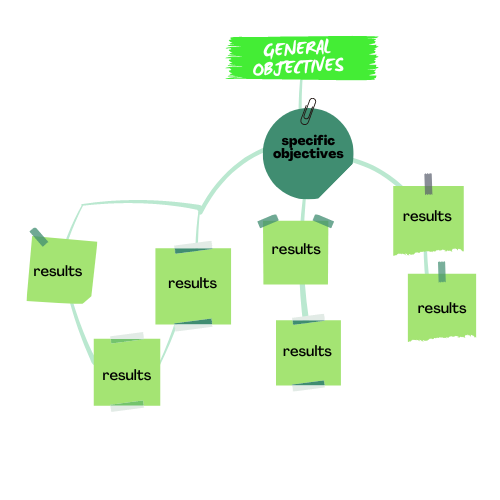
STEP 5: Transform the problem into objective and the causes into results
At this point, it is unlikely that the project will be able to intervene in all the areas on the problem/objective tree due to lack of means or human resources or lack of expertise. It is necessary to define the true dimension the project will have and the intervention strategy.
STEP 6: Define which activities are needed to achieve the results
Based on your objectives, brainstorm and plan activities that will help you achieve them. These activities should be practical and feasible.
STEP 7: Fill in the Logical Framework matrix
Now it’s time to fill in the Logical Framework Matrix.
Fill in the STRATEGY column using what was produced in the previous steps.
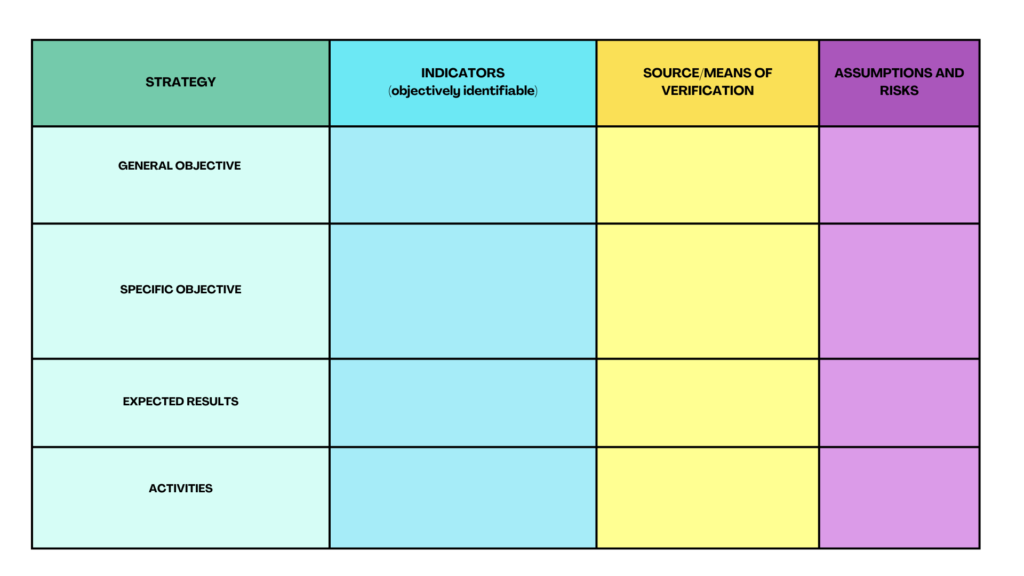
Indicators:
Establish measurable indicators to assess whether your project is achieving its objectives. These indicators should provide evidence of progress or success.
Means of Verification:
Identify the sources of information or evidence that will be used to verify the achievement of the indicators. (This could include surveys, interviews, reports, assessments, or other data sources). Ensure that the means of verification are practical and accessible.
Assumptions/risks:
Identify any assumptions or external factors that could influence the success of the project.
(Assumptions are external conditions or factors that are beyond the project’s control but could affect its implementation or outcomes).
Identify any potential risks or challenges that could affect the implementation of your project.
When filling in the logical framework matrix, ensure that each component is aligned and logically linked to the preceding component. Review and revise the matrix as needed to ensure clarity, specificity, and feasibility.

The European Commission’s support for the production of this website and its content does not constitute an endorsement of the contents, which reflect the views only of the authors, and the Commission cannot be held responsible for any use which may be made of the information contained therein. [Project nr. 2020-1-SE01-KA201-077822]
©SERN 2023